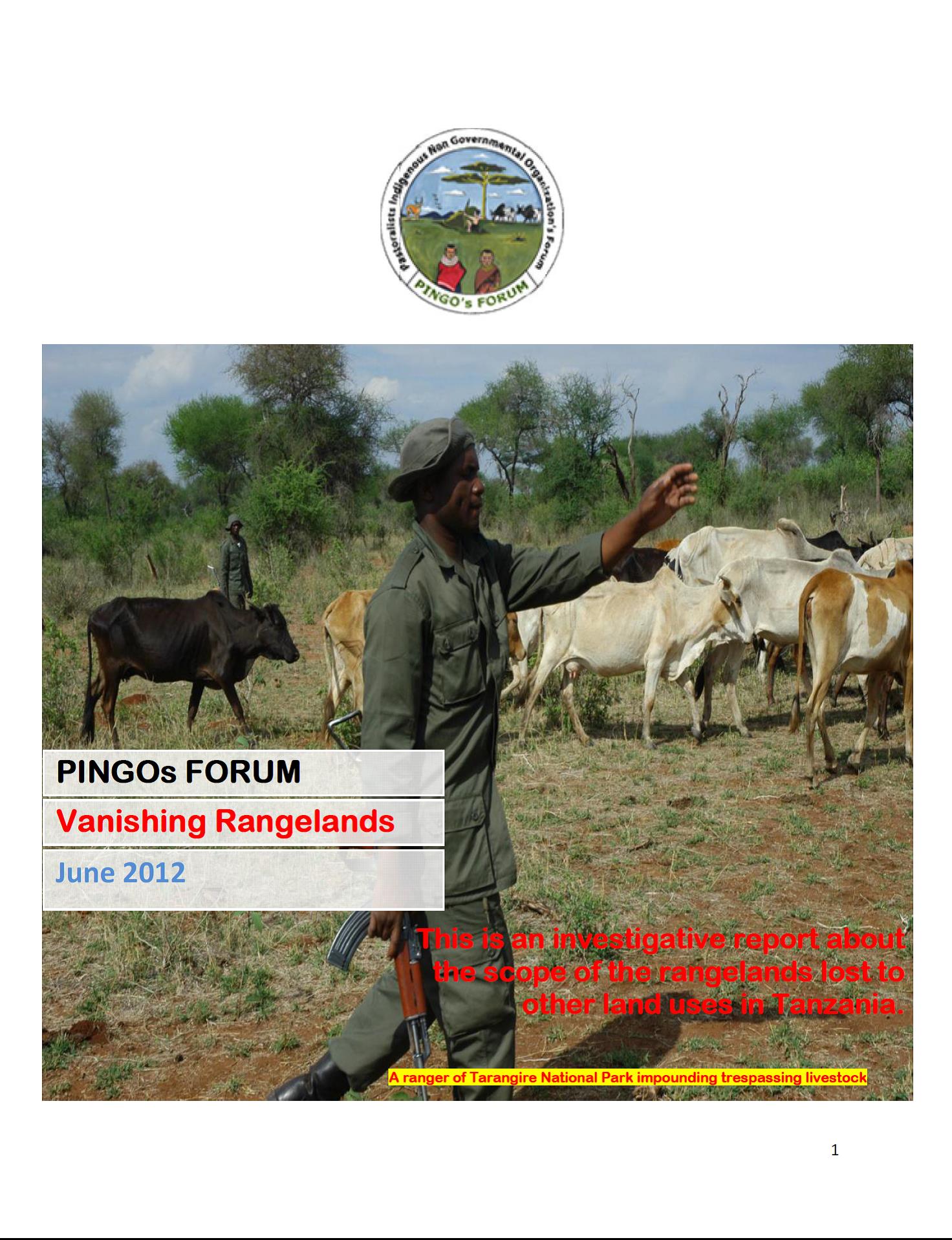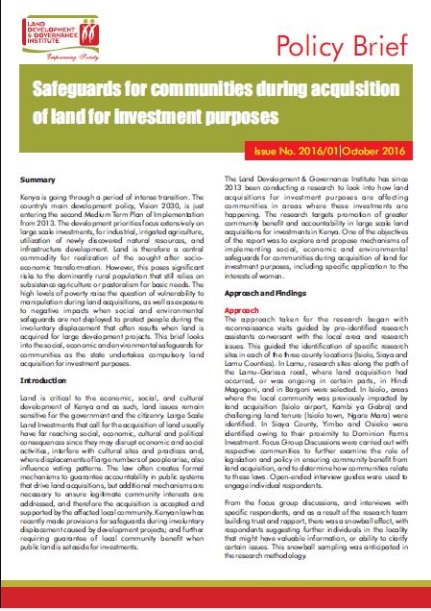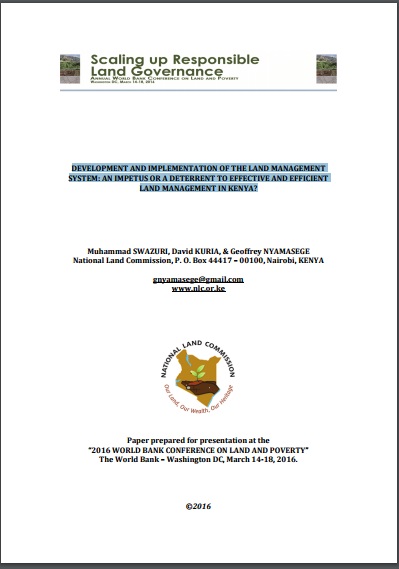Roles de género en la actividad pesquera del Lago Titicaca, reflexiones para el pensamiento Sudamericano
Este artículo describe y analiza los orígenes mitológicos y socioculturales de la producción de quinua en la zona altiplánica boliviano - peruana, con elementos de género y culturales, para apoyar la hipótesis del desequilibrio que está causando, en sus palabras, “una irresponsable masificación comercial del grano”. El ensayo forma parte de un trabajo inédito y más amplio del author.








